
- Автоматизация
- Антропология
- Археология
- Архитектура
- Биология
- Ботаника
- Бухгалтерия
- Военная наука
- Генетика
- География
- Геология
- Демография
- Деревообработка
- Журналистика
- Зоология
- Изобретательство
- Информатика
- Искусство
- История
- Кинематография
- Компьютеризация
- Косметика
- Кулинария
- Культура
- Лексикология
- Лингвистика
- Литература
- Логика
- Маркетинг
- Математика
- Материаловедение
- Медицина
- Менеджмент
- Металлургия
- Метрология
- Механика
- Музыка
- Науковедение
- Образование
- Охрана Труда
- Педагогика
- Полиграфия
- Политология
- Право
- Предпринимательство
- Приборостроение
- Программирование
- Производство
- Промышленность
- Психология
- Радиосвязь
- Религия
- Риторика
- Социология
- Спорт
- Стандартизация
- Статистика
- Строительство
- Технологии
- Торговля
- Транспорт
- Фармакология
- Физика
- Физиология
- Философия
- Финансы
- Химия
- Хозяйство
- Черчение
- Экология
- Экономика
- Электроника
- Электротехника
- Энергетика
Before you start reading. Meet the Author
Before you start reading
Answer the questions:
1. What English writers do you know? Which of them wrote or write for children? Whose books do you like best of all? Why?
2. Look through the book paying special attention to illustrations. What do you think the book is about?
3. Have you ever heard about Roald Dahl? What books written by him did you read?
4. Read the text about Roald Dahl and say what information was new to you:
Meet the Author
Roald Dahl was born in Llandaff, Wales, in 1916. His parents were Norwegian, and he was the only son of a second marriage. His father, Harald, and elder sister, Astri, died when Roald was just three, leaving his mother, Sofie, to raise two stepchildren and her own four children by herself. Young Roald loved stories and books. His mother told Roald and his sisters tales about trolls and other mythical Norwegian creatures. His father was a tremendous diary writer. Roald himself kept a secret diary from the age of eight.
Roald was thirteen when he started at Repton, a famous public school in Derbyshire, England. He excelled at sports but was deemed by his English master to be “quite incapable of marshalling his thoughts on paper.” There was one huge advantage to going to Repton. The school was close to Cadbury’s, one of England’s most famous chocolate factories and one which regularly involved the schoolboys in testing new varieties of chocolate bars.
At eighteen, rather than going to university, Roald joined the Public Schools’ Exploring Society’s expedition to Newfoundland. He then started to work for the Shell Company as a salesman in Dares Salaam in Africa. At twenty-three, when World War II broke out, Roald signed up with the Royal Air Force in Nairobi, where he was accepted as a pilot officer. Eventually, he was sent home as an invalid, but transferred, in 1942, to Washington, D.C., as an air attaché.
In 1942, during his time in Washington, author C. S. Forester, who was in America to publicize the British war effort, asked Roald to describe his version of the war, which Forester would write up for The Saturday Evening Post. Ten days after receiving Roald’s written account, Forester wrote back, “Did you know you were a writer? I haven’t changed a word.” The piece appeared anonymously in The Post in August 1942 under the title “Shot Down Over Libya.”
Roald’s career as a children’s book author did not begin in earnest until the 1960s, after he had become a father himself (to five children!). In the meantime, he devoted himself to writing short stories for adults. Settled with his family in Great Missenden in Buckinghamshire, England, at Gipsy House, he wrote most of his unforgettable stories in a small hut at the bottom of a garden. Roald first became interested in writing children’s books by making up bedtime stories for his daughters Olivia and Tessa. This was how James and the Giant Peach came into being. His second book was Charlie and the Chocolate Factory, which went on to achieve phenomenal success all over the world. In the late 1970s Dahl met Quentin Blake, who was to illustrate his latest story, The Enormous Crocodile. This collaboration marked the beginning of a flourishing partnership.
Roald Dahl remembered what it was like to live in a child’s world and kept this in mind when he wrote Matilda. He once said that in order to see life from a child’s point of view you had to get down on your hands and knees and look up at the adults towering above you, telling you what to do. Matilda’s triumph over the nasty adults in her life is based on this theory. Matilda won The Children’s Book Award in 1988 and in 1999 it was voted the most popular children’s book in a World Book Day Survey involving 15, 000 seven-to eleven -year –olds.
Roald Dahl passed away on November 23, 1990, at the age of seventy-four. Since his death, his books have more than maintained their popularity. Total sales of the United Kingdom editions are around 50 million, with millions more sold every year. Not bad for a man who couldn’t type and always used a pencil to write!
This was the motto that he lived by:
My candle burns at both ends.
It will not last the night.
But ah my foes and oh my friends
It gives a lovely light!















































































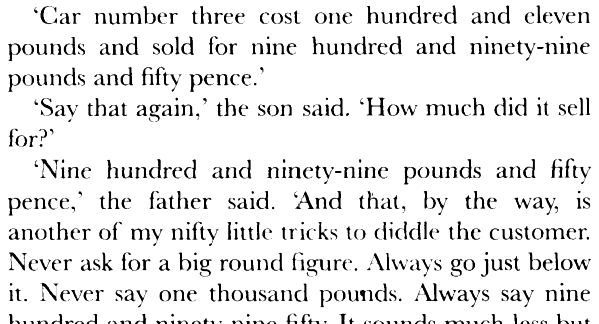

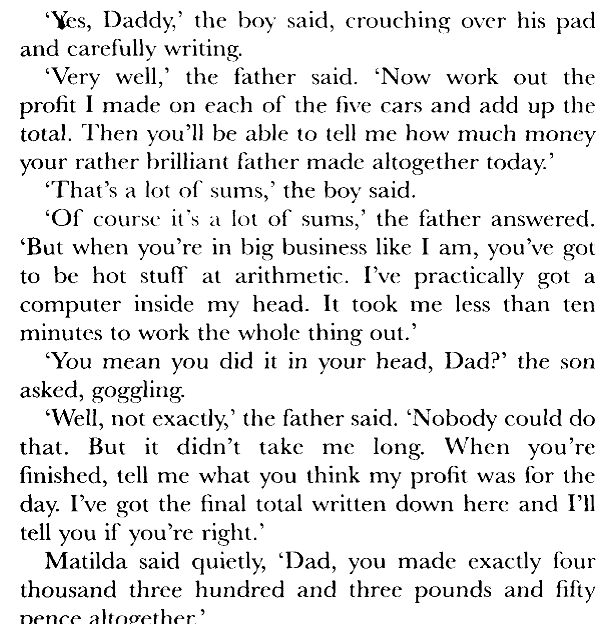






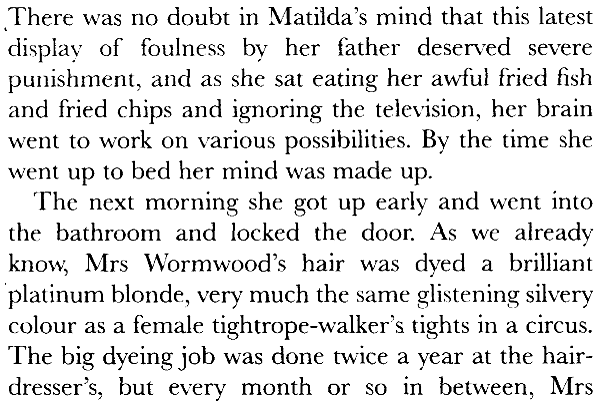

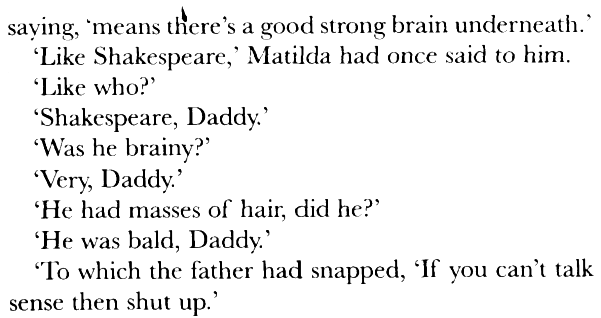
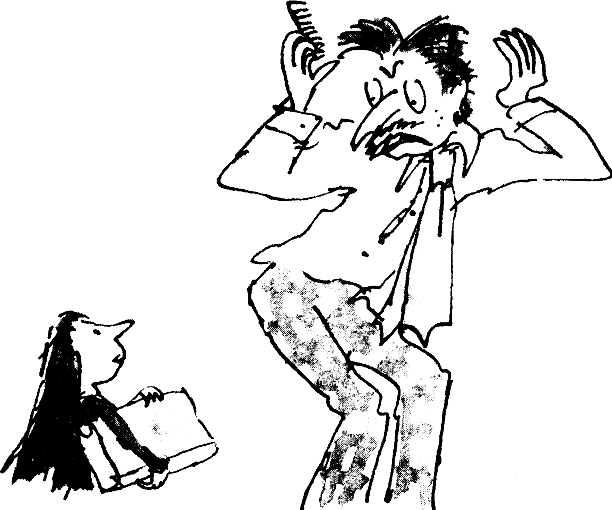
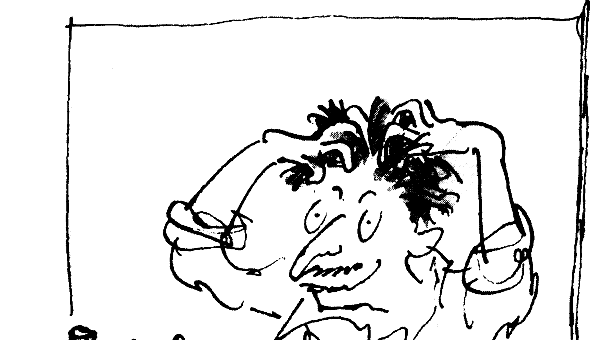




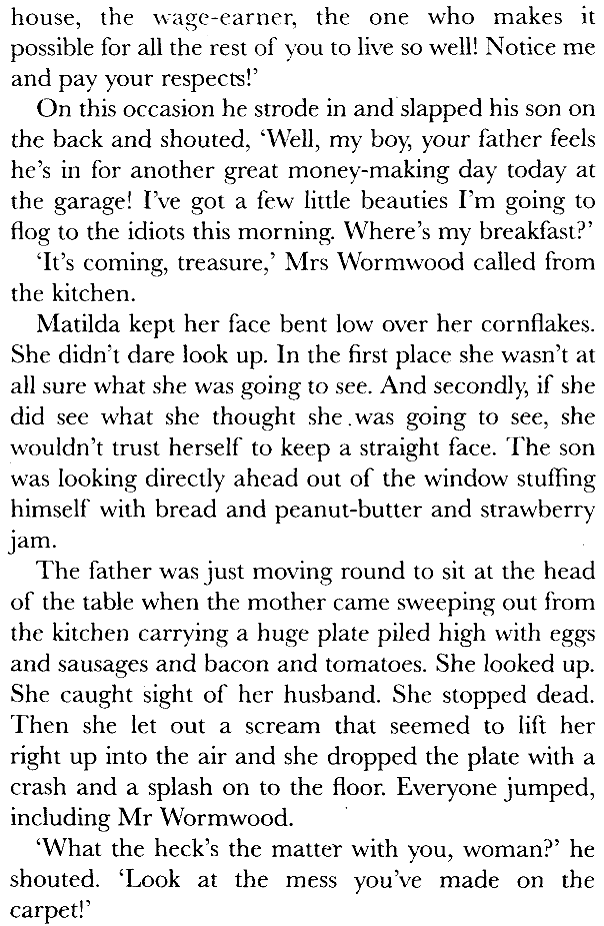
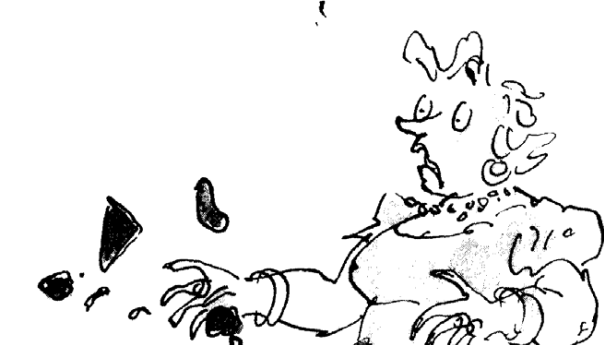
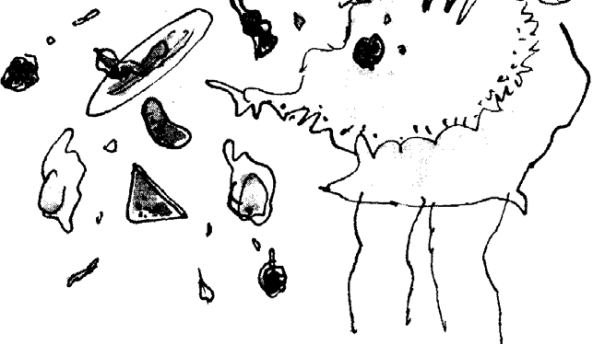

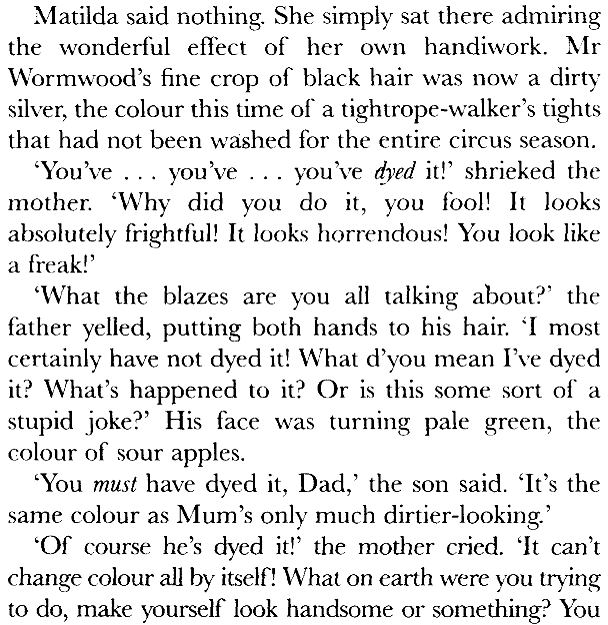
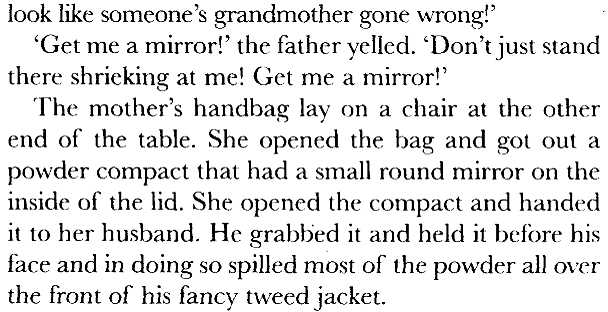
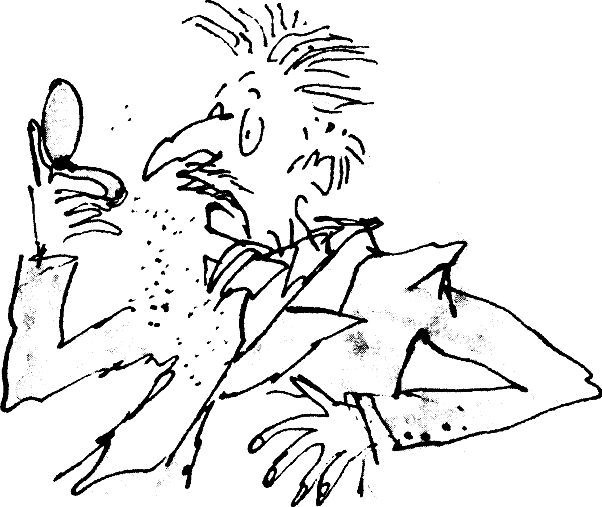
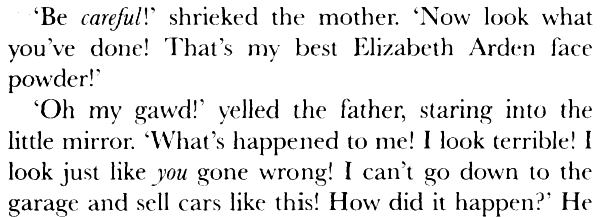
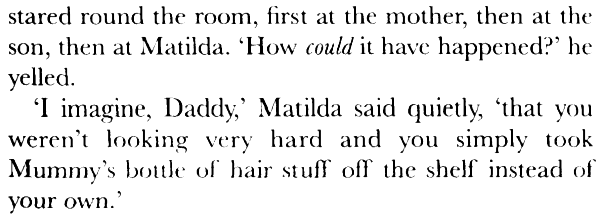
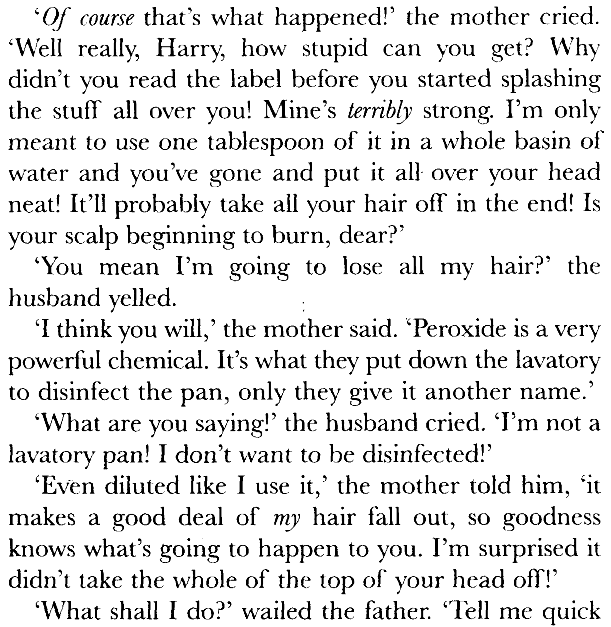
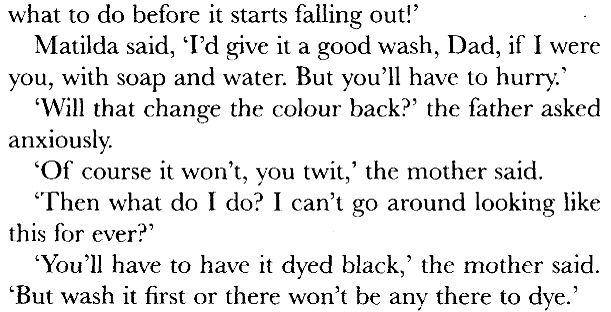

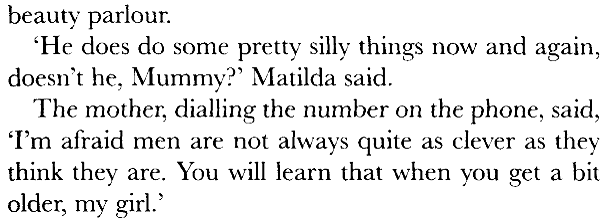
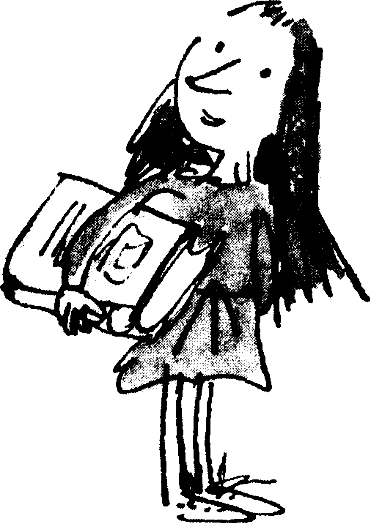

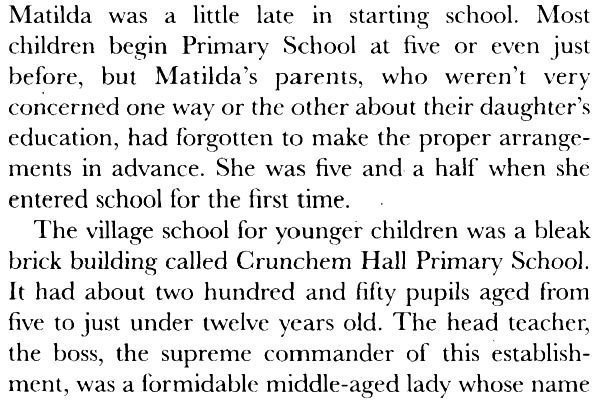
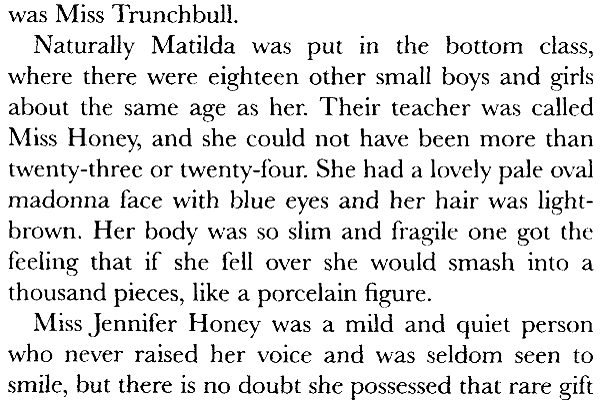




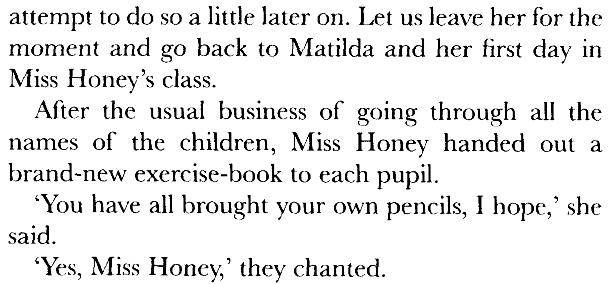
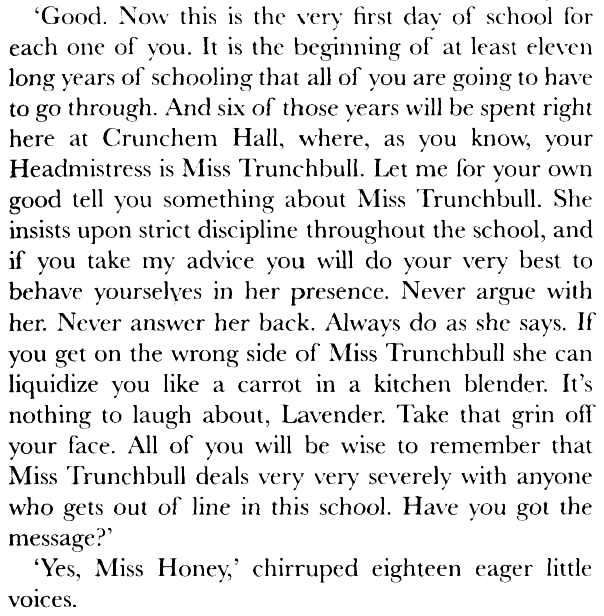
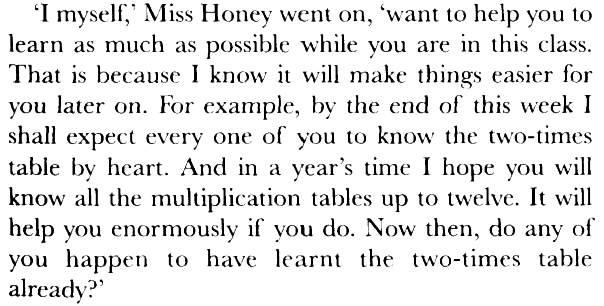









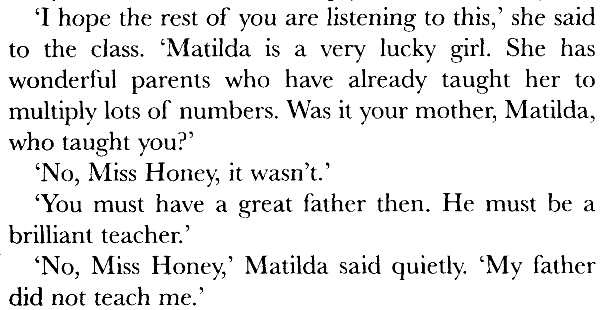
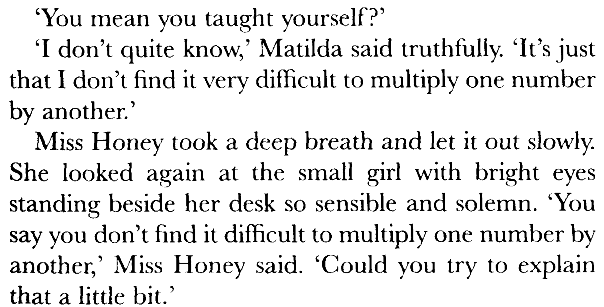
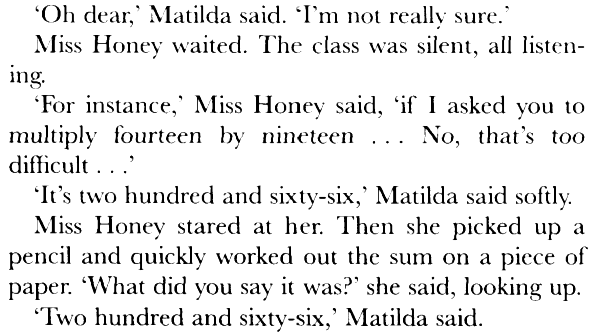
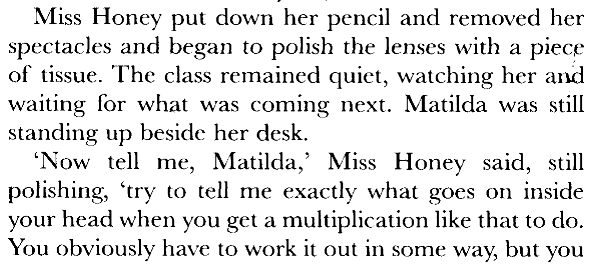
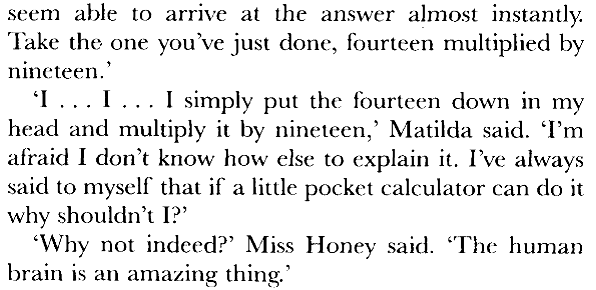
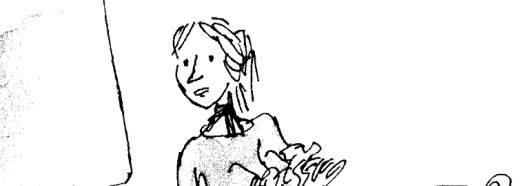


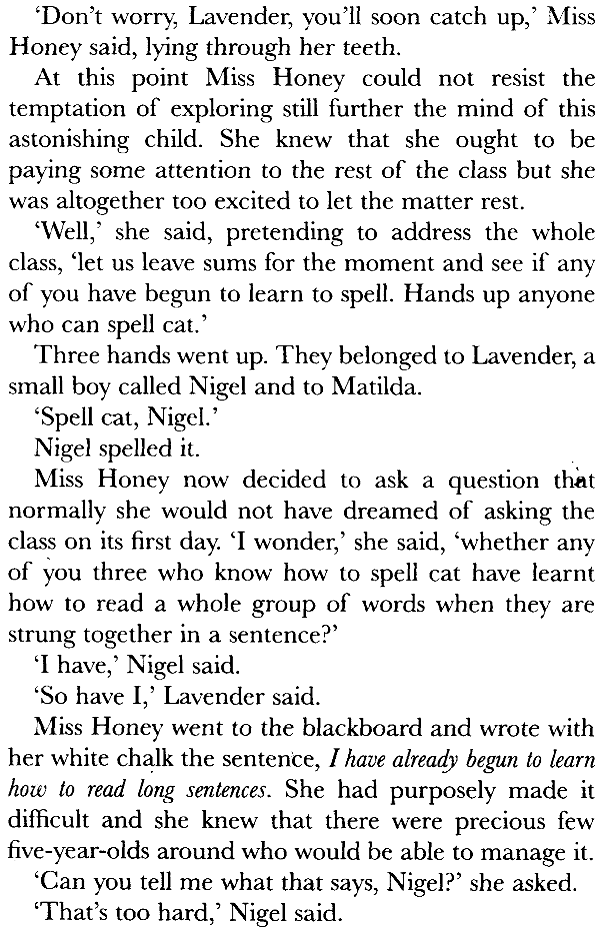




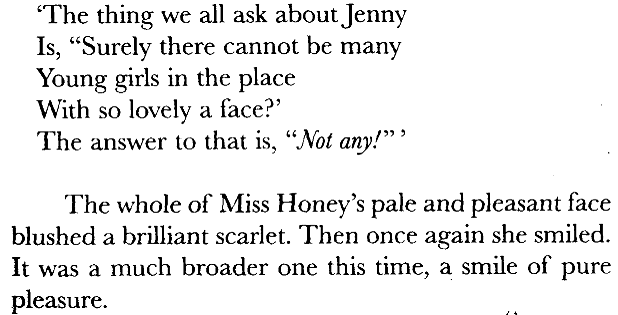
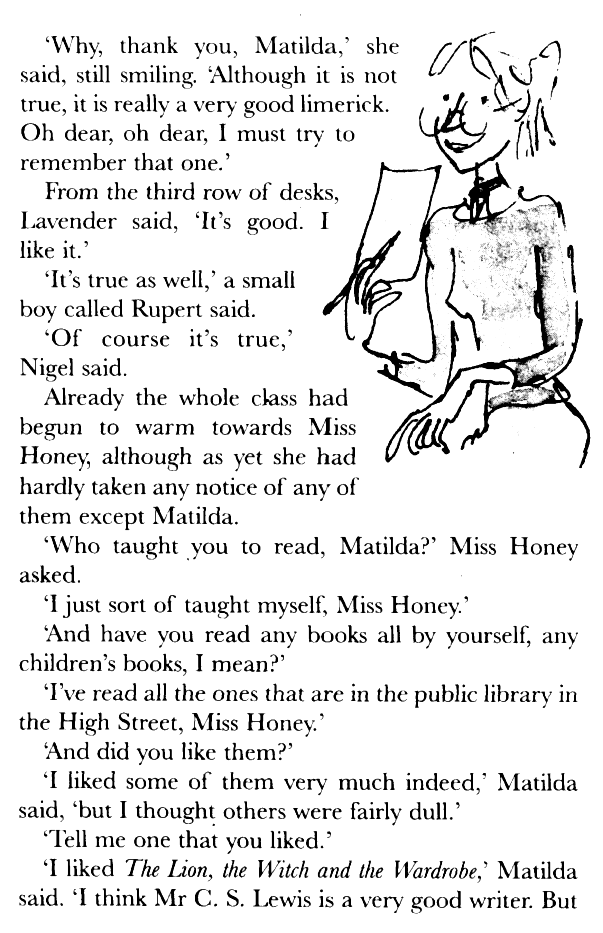


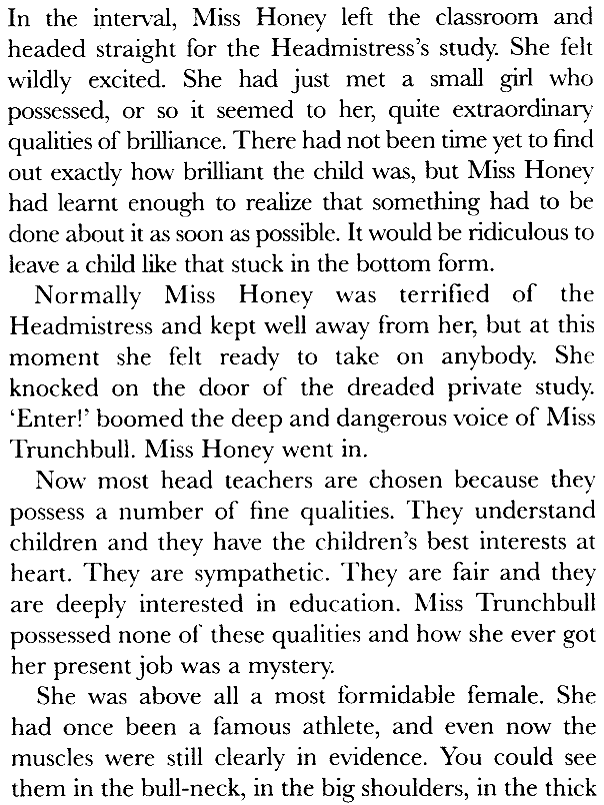


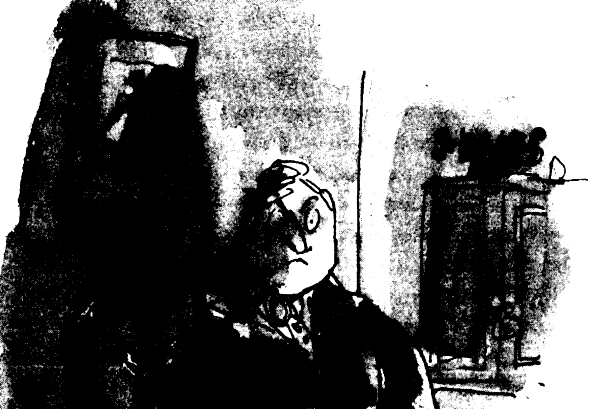
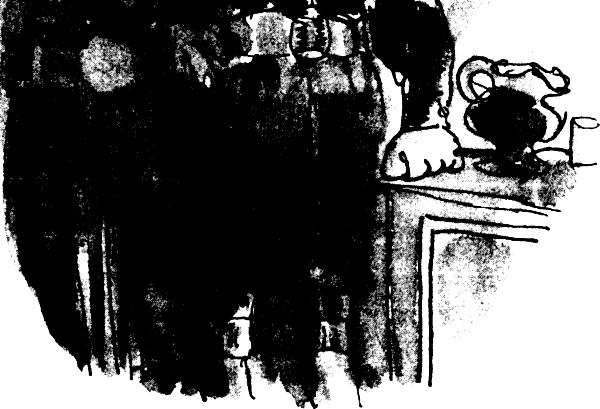
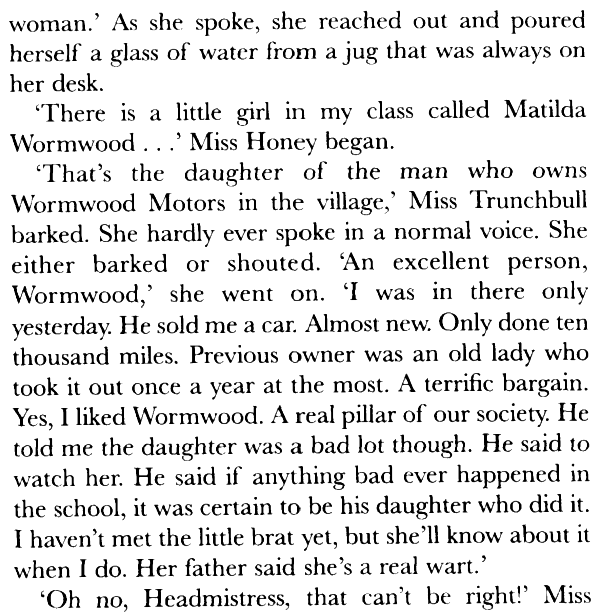
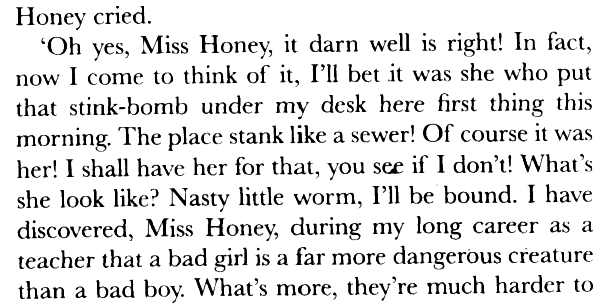


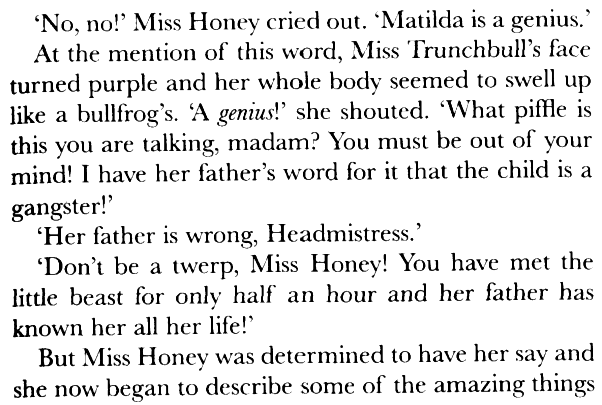
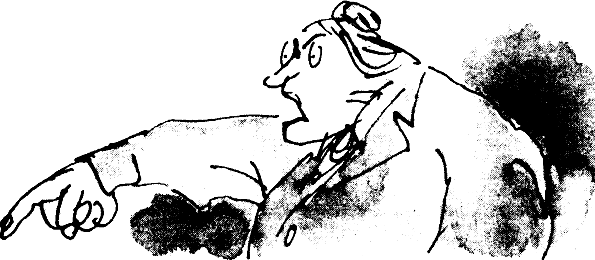

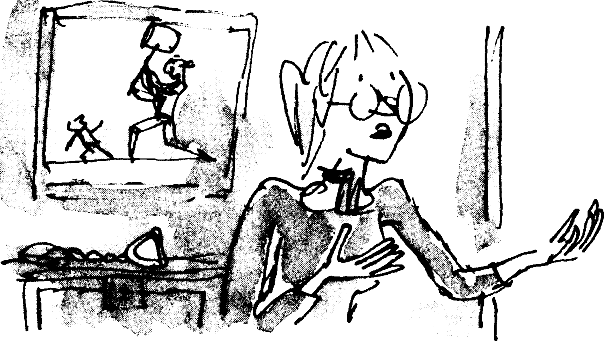

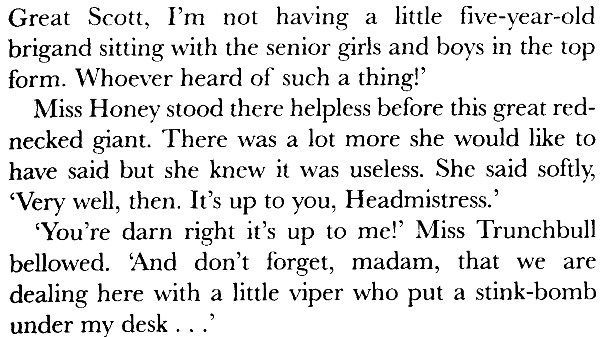

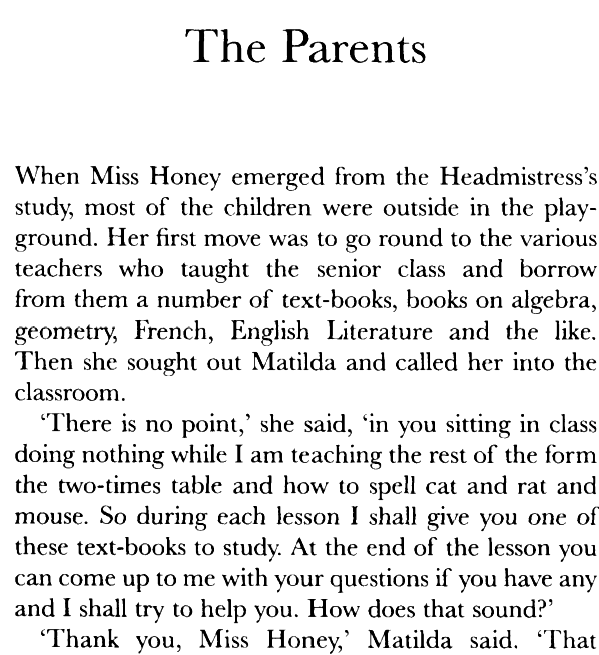
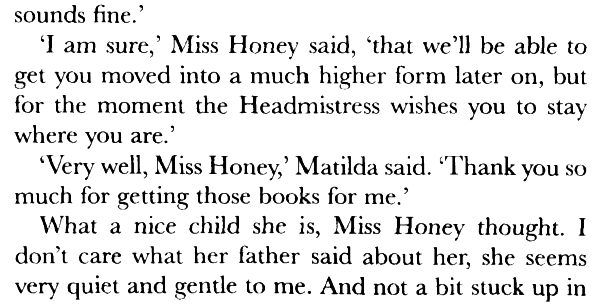


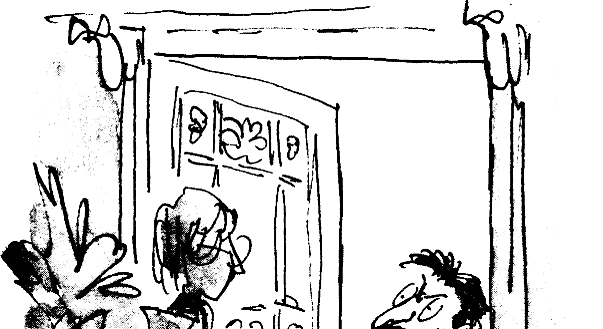
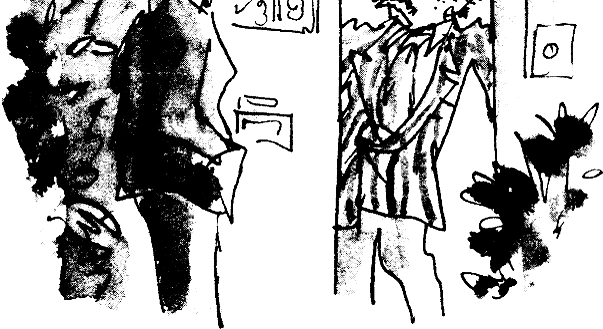

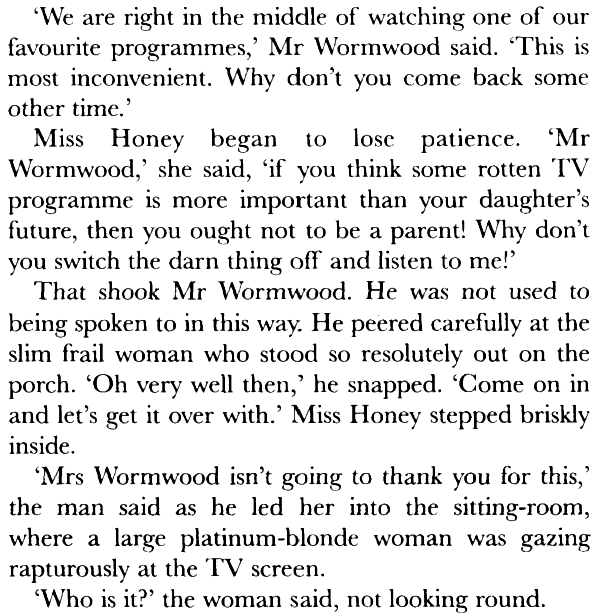



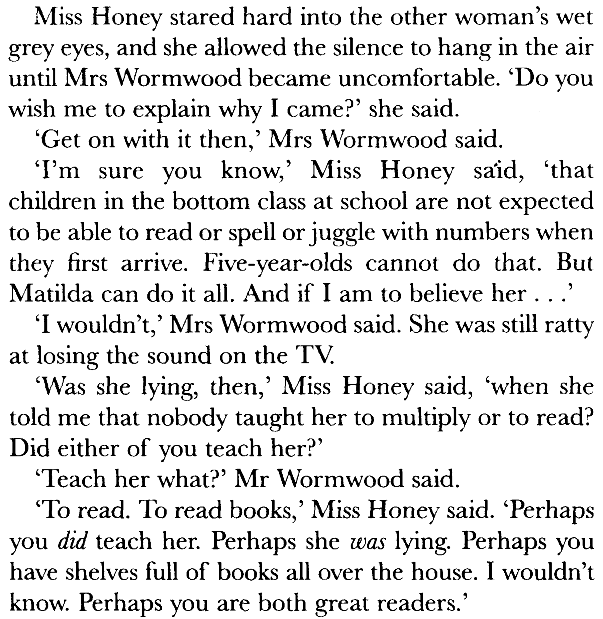
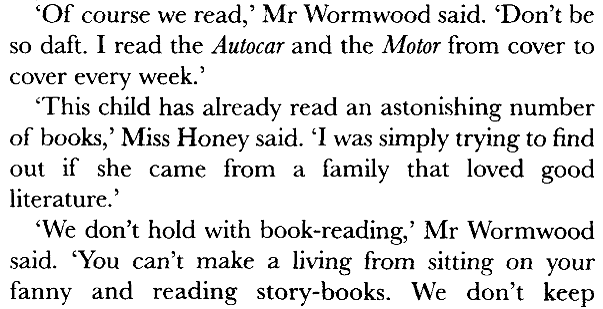
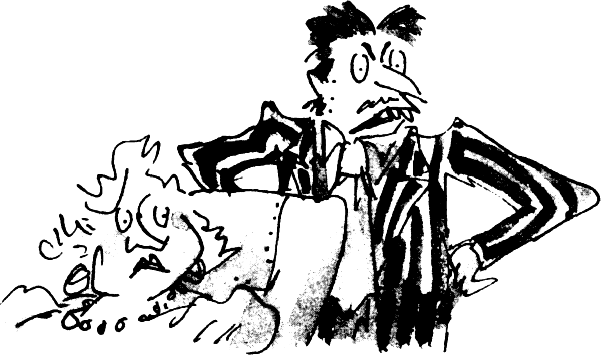








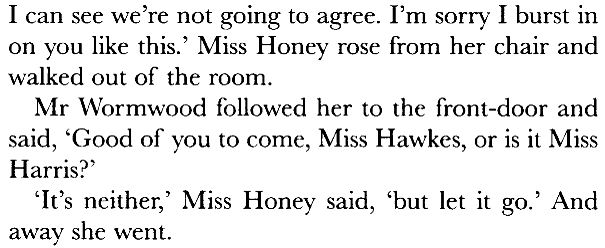

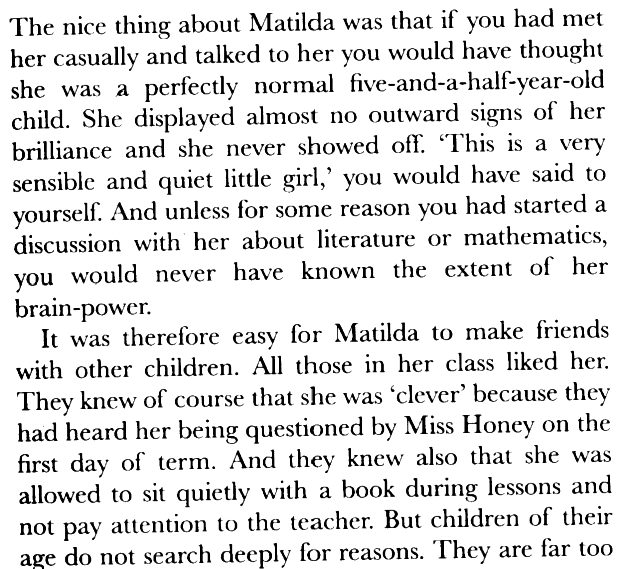

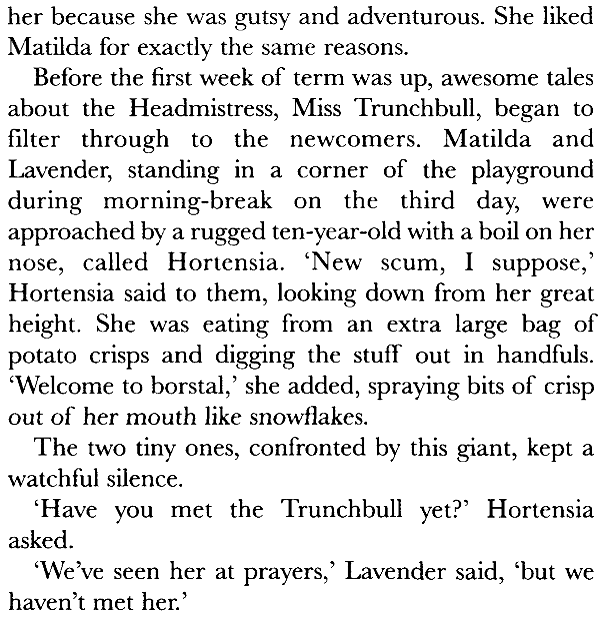




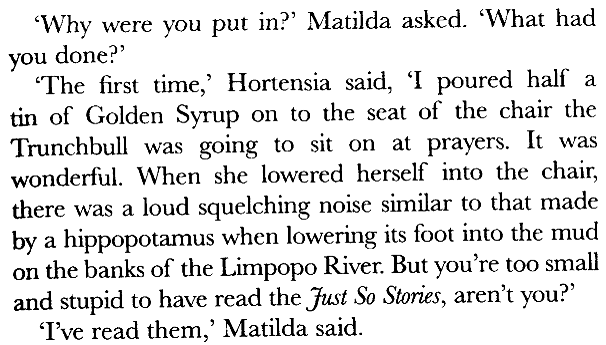

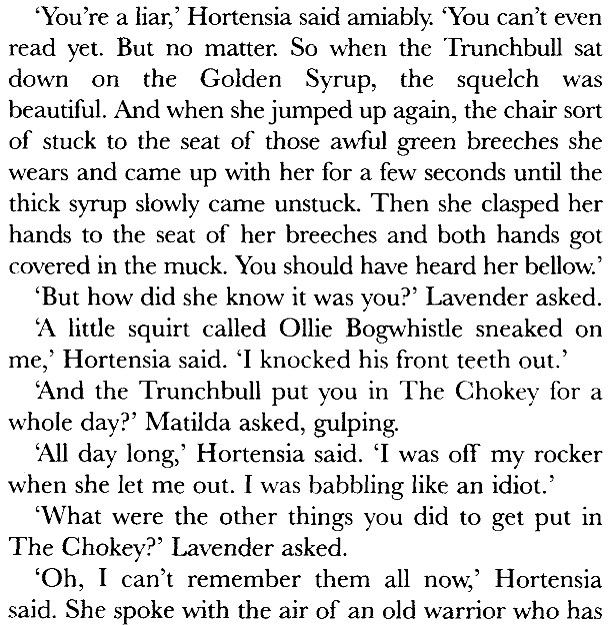

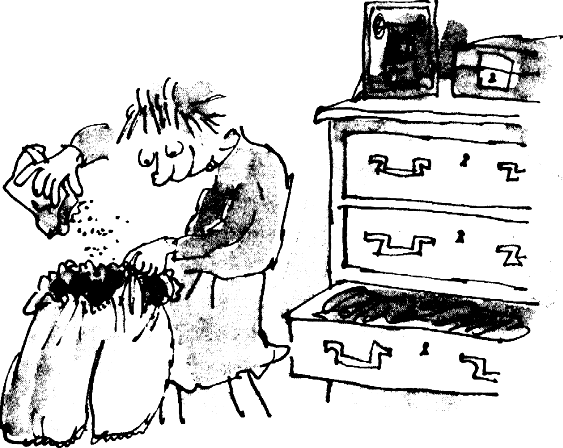
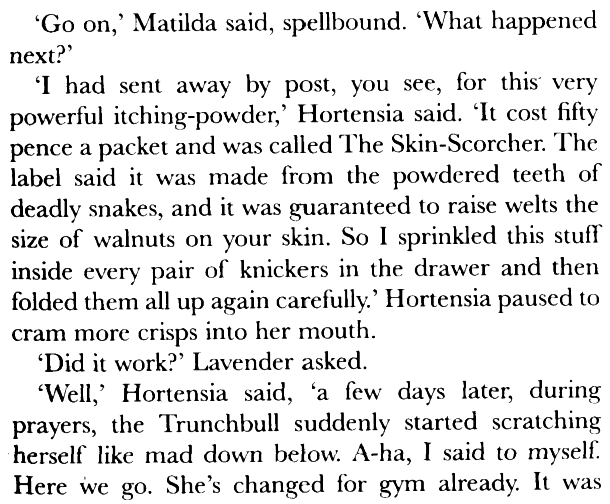
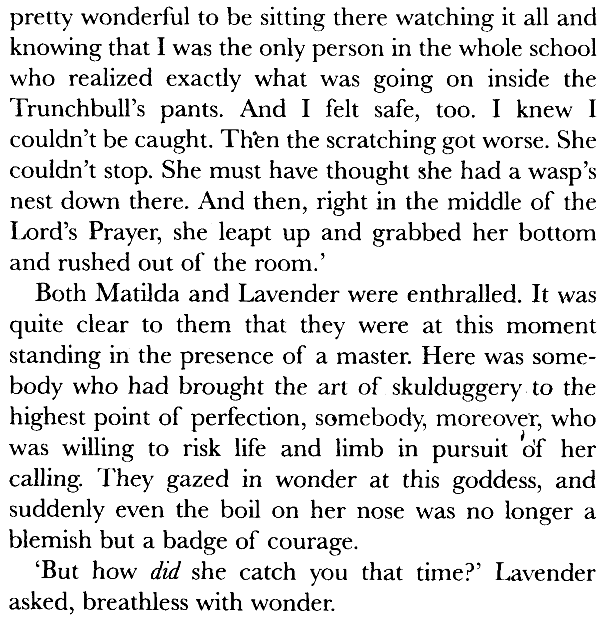
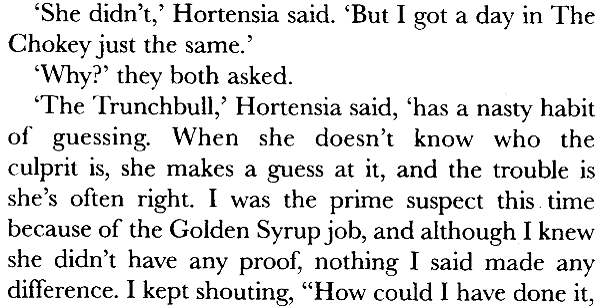

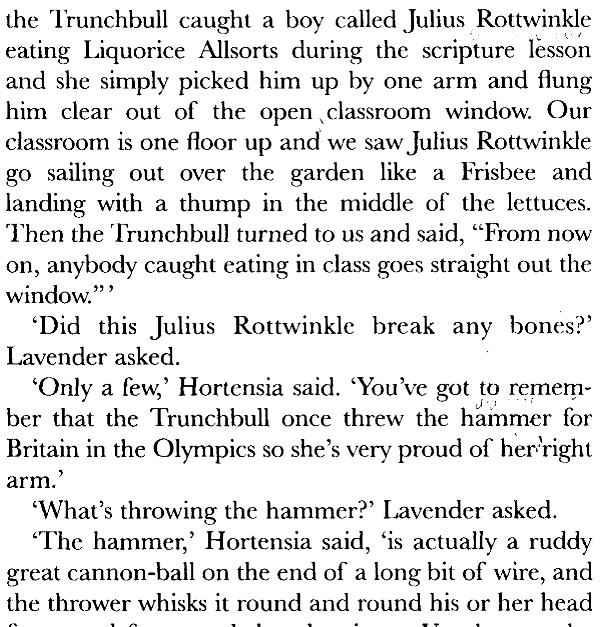

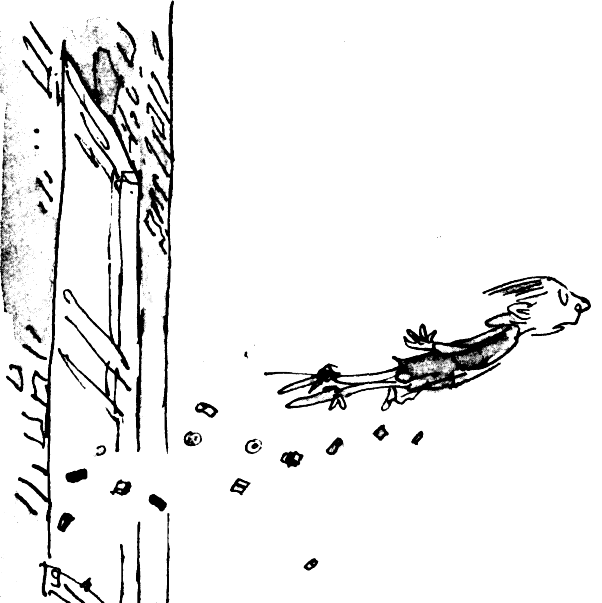
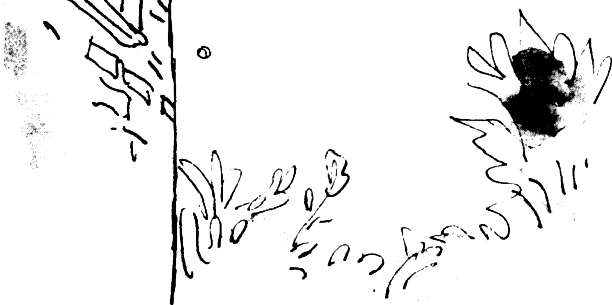

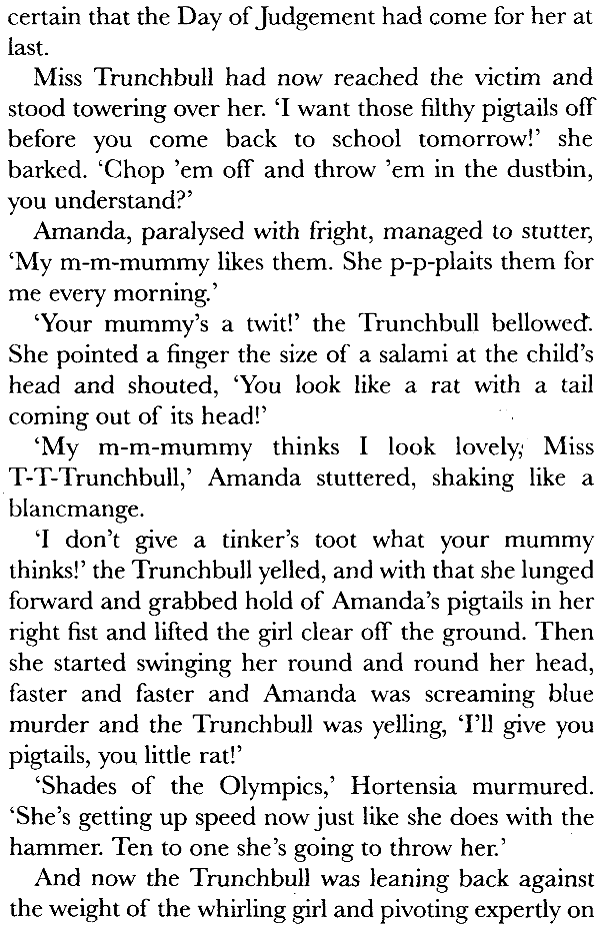

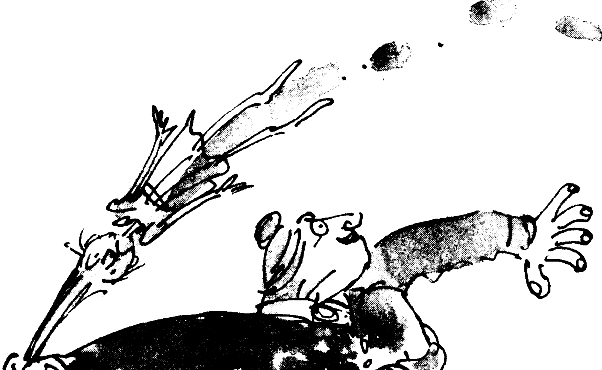



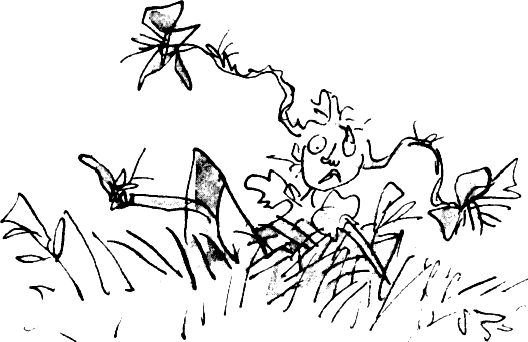

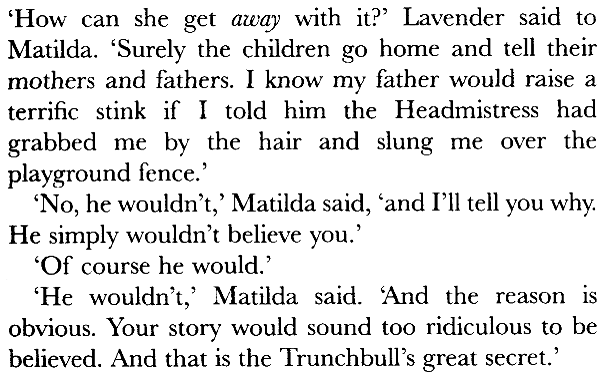

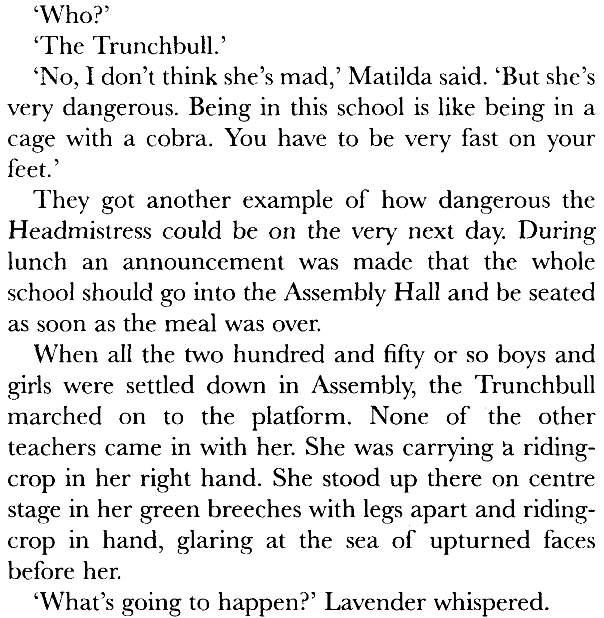

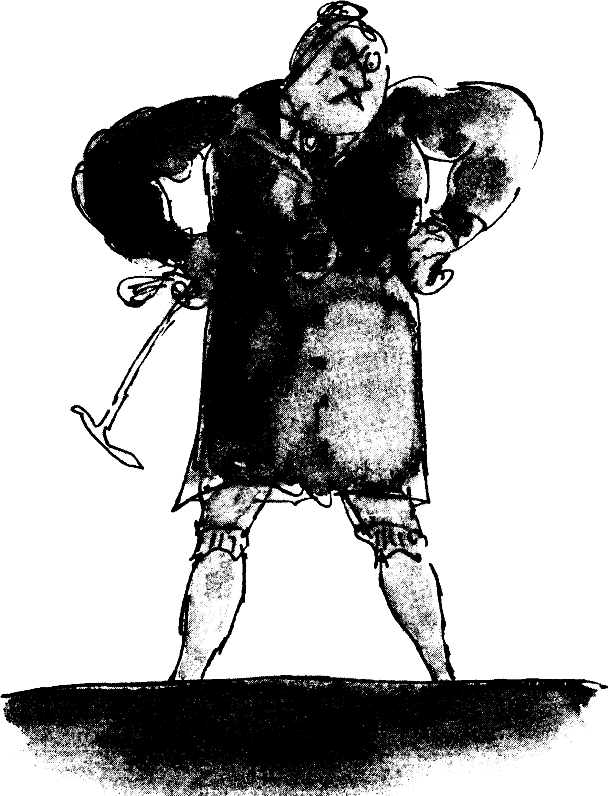

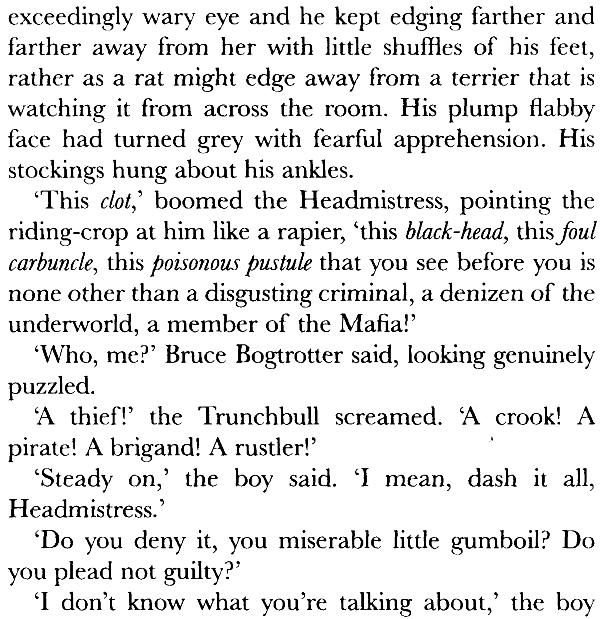
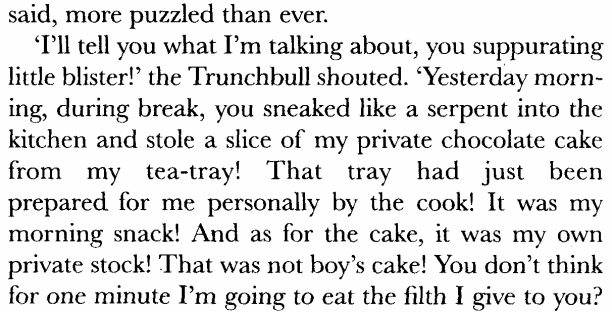

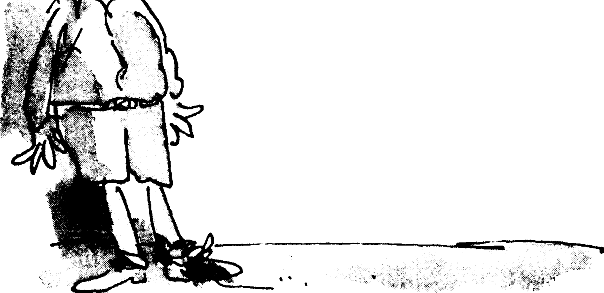




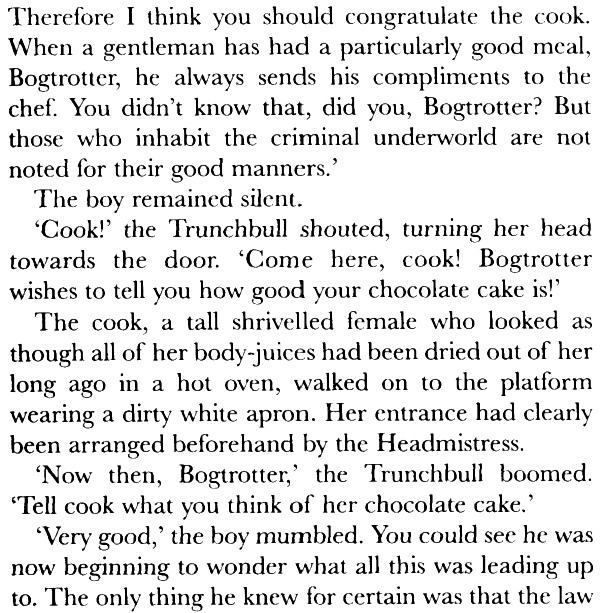




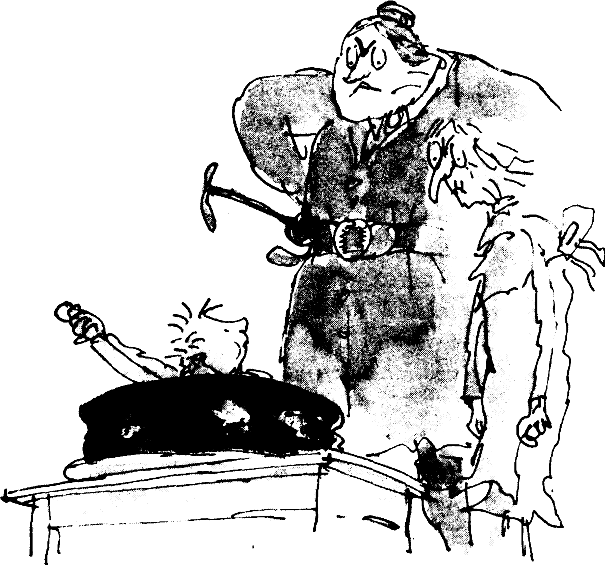
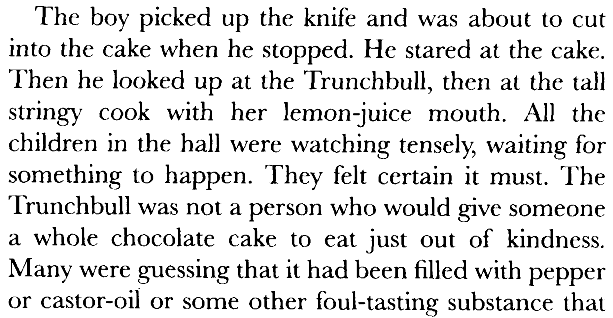
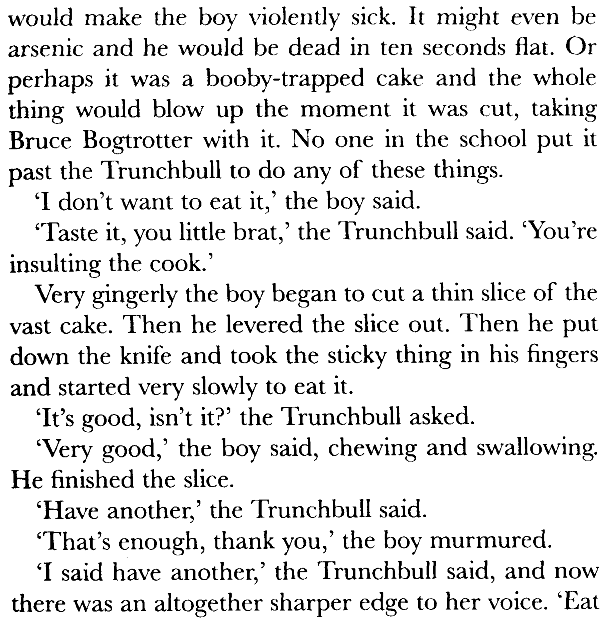
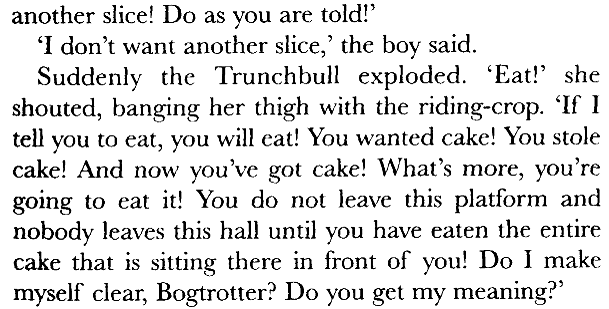

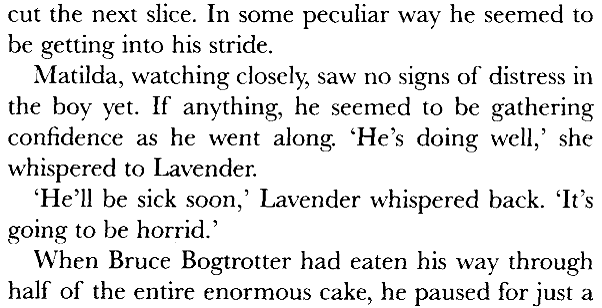
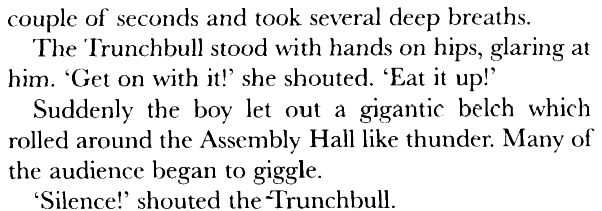

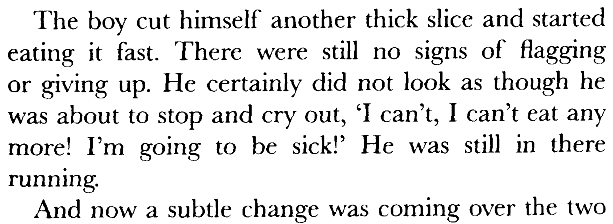



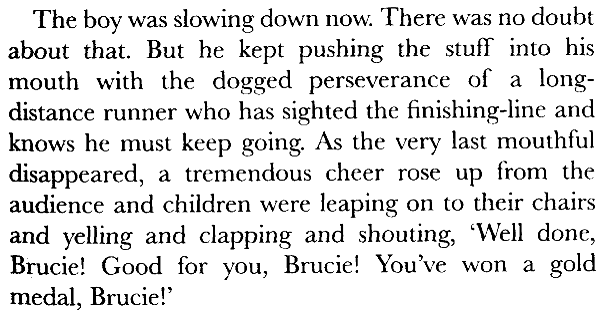

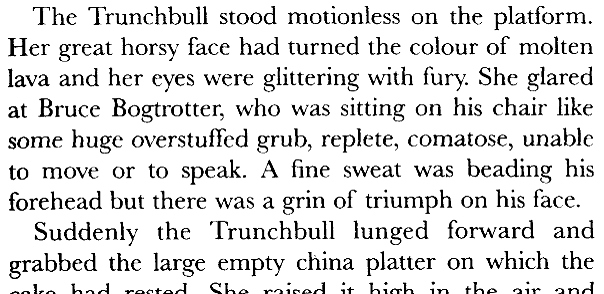
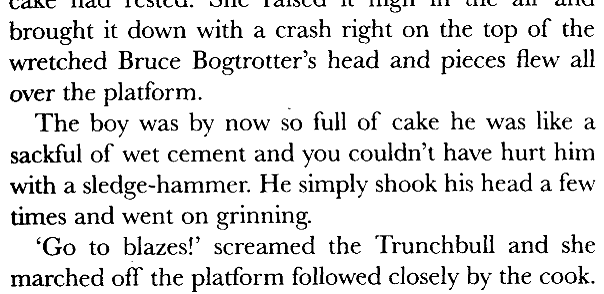

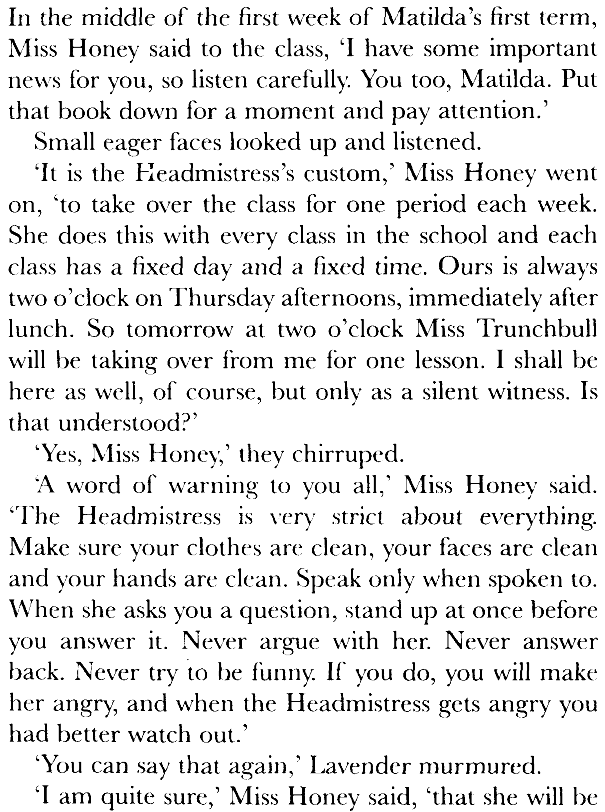



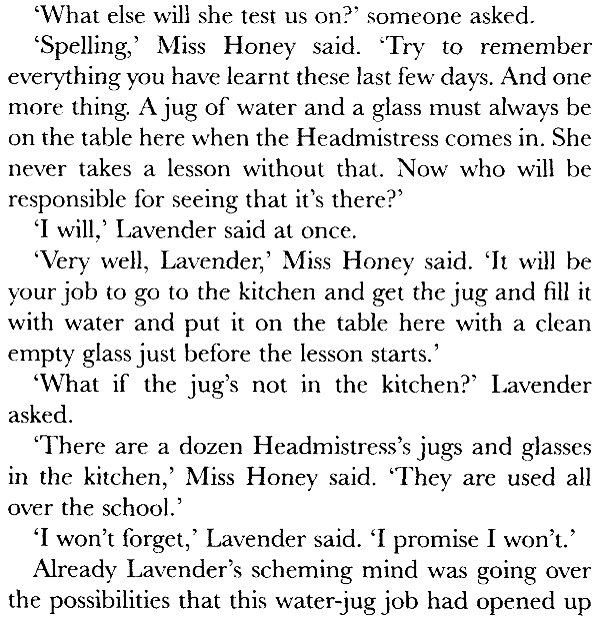
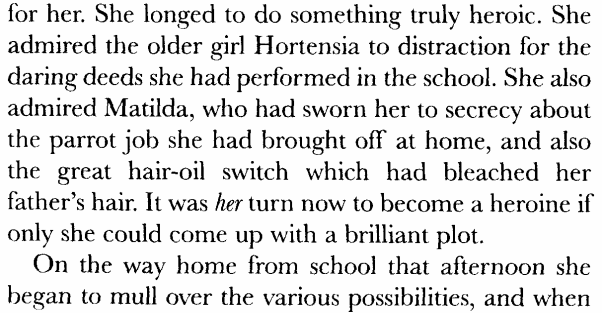
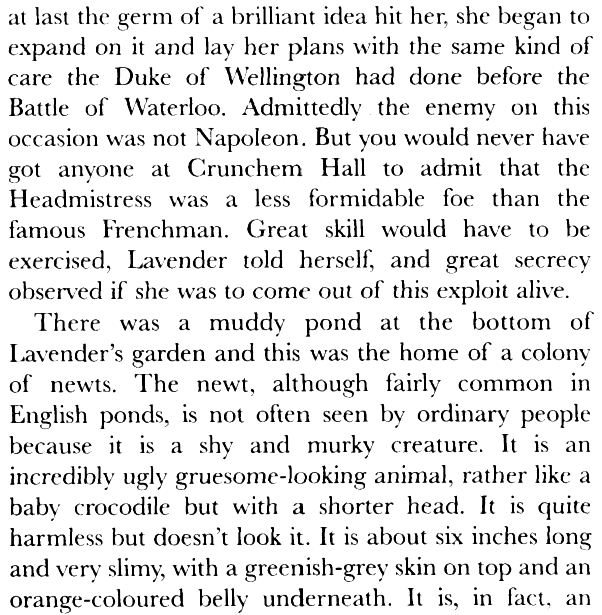

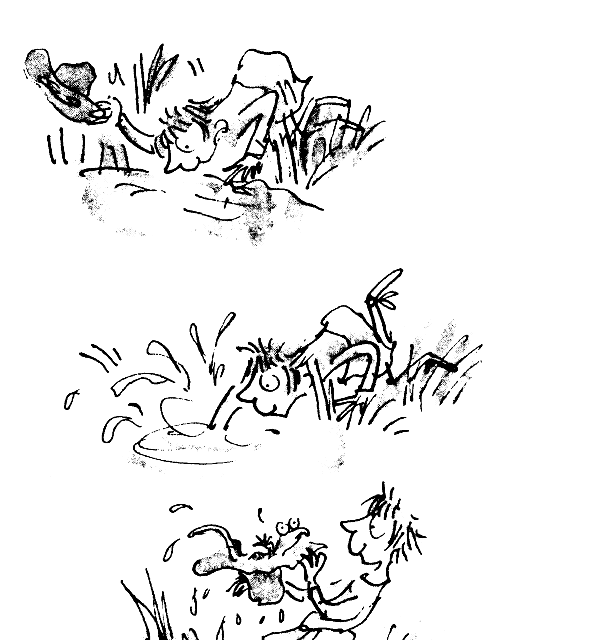
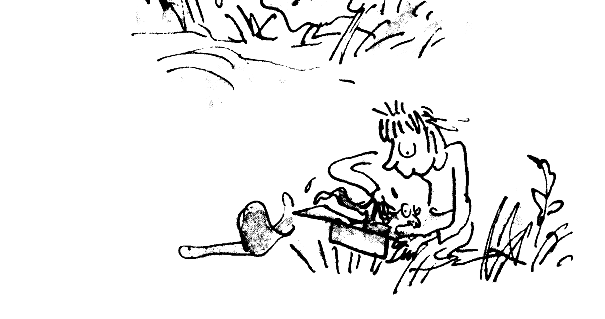



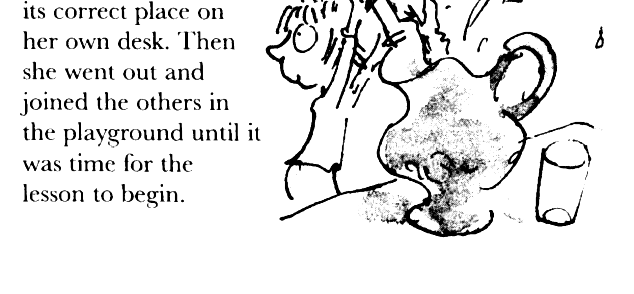
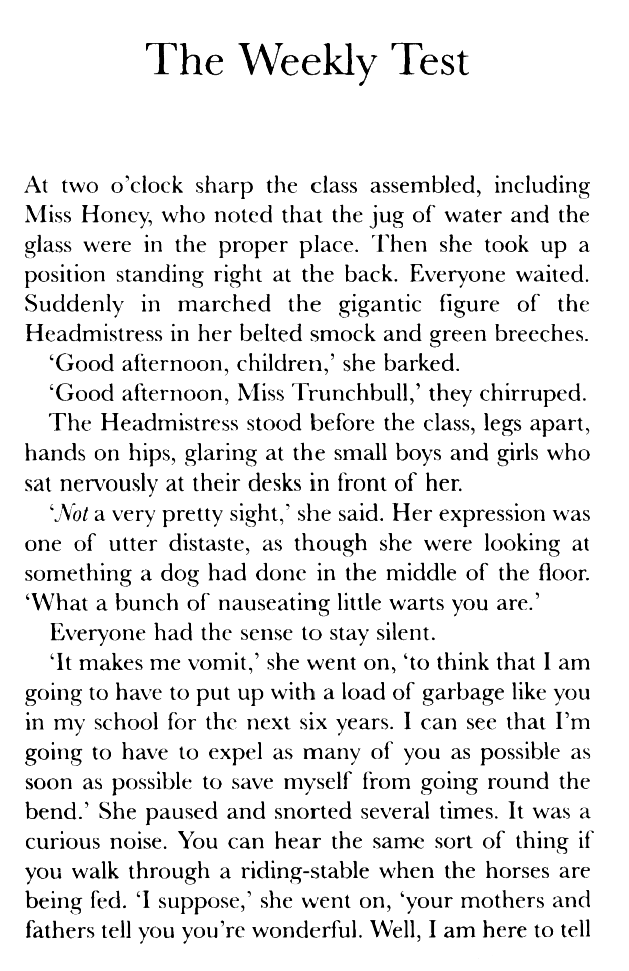
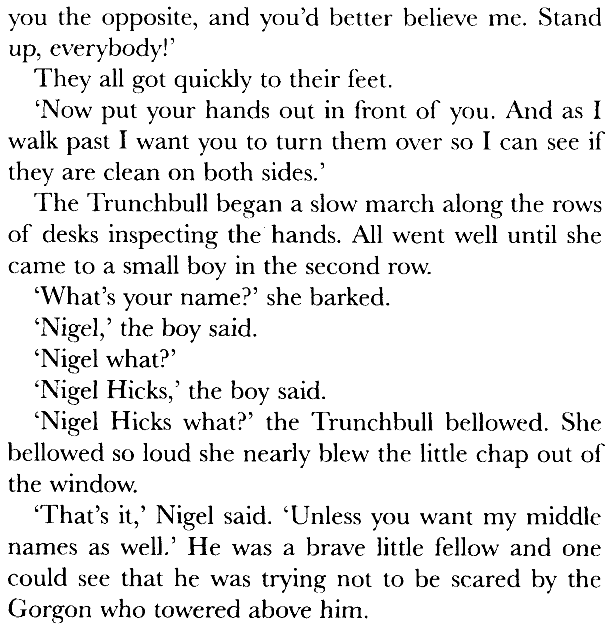





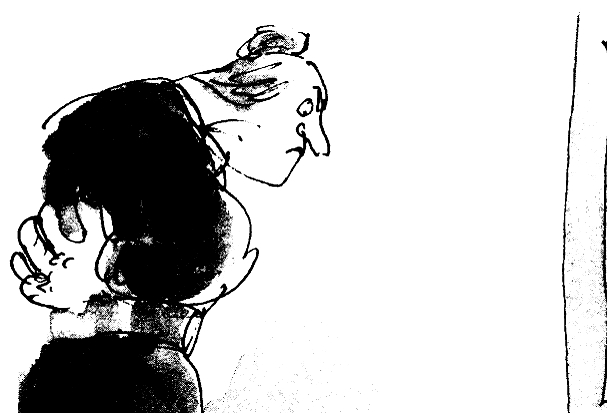
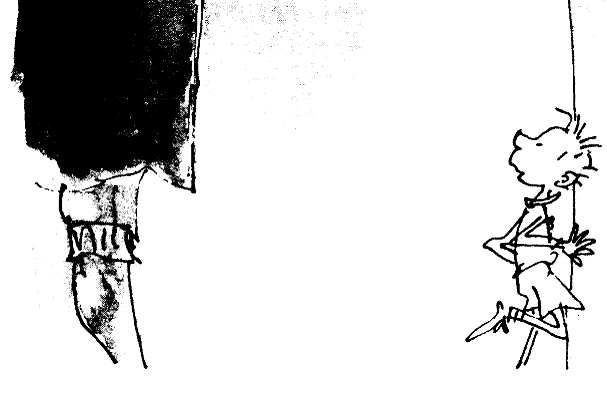


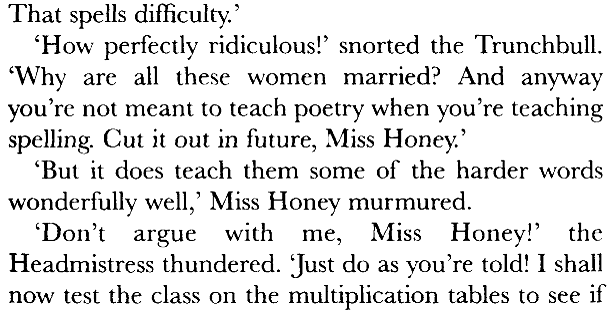
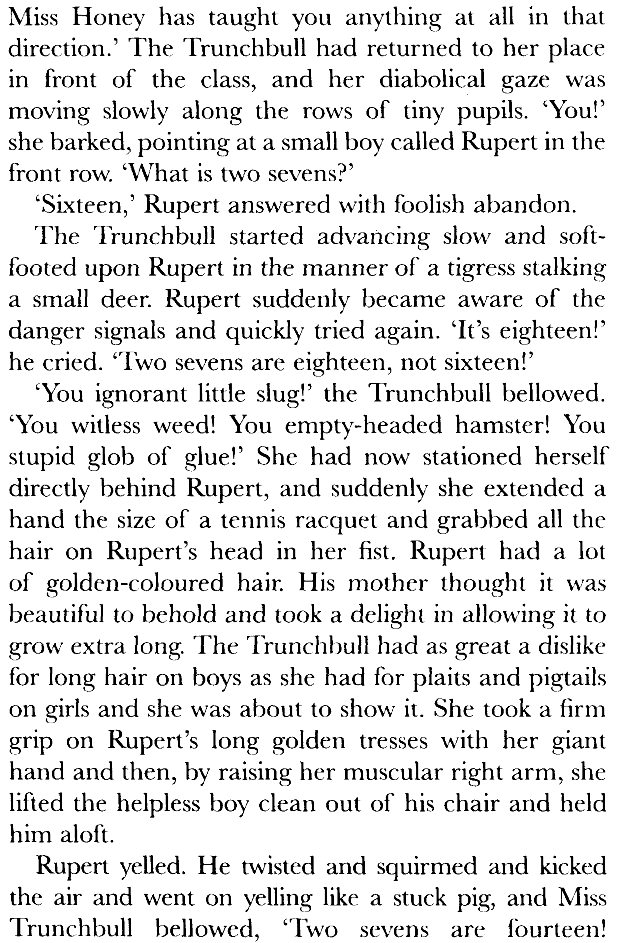

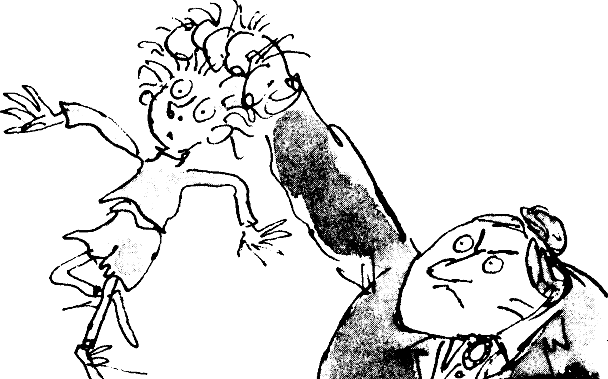
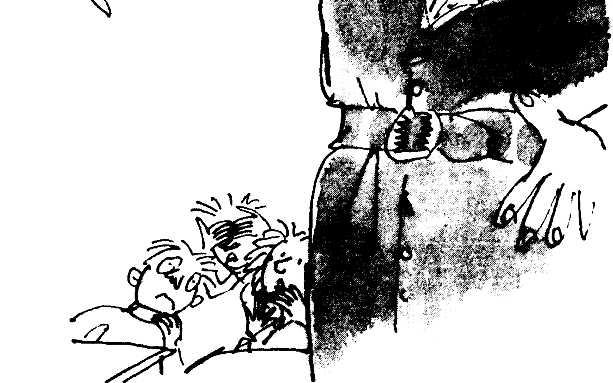






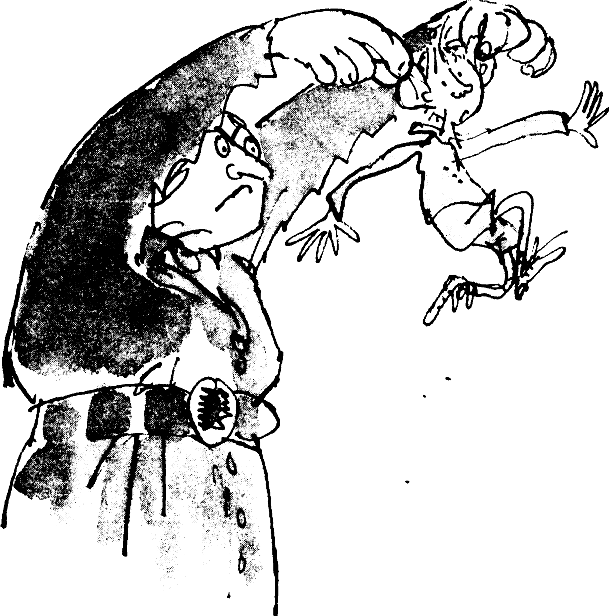


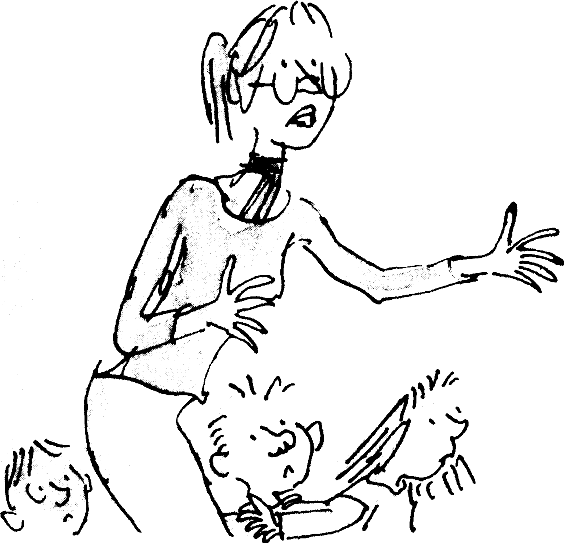



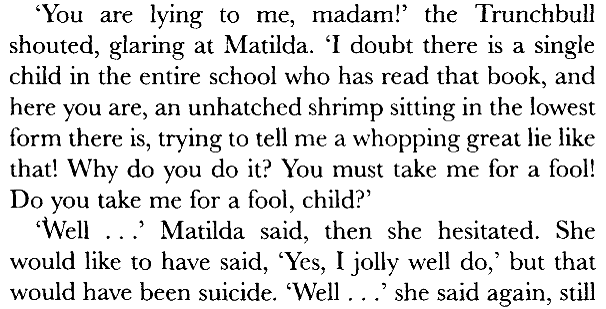
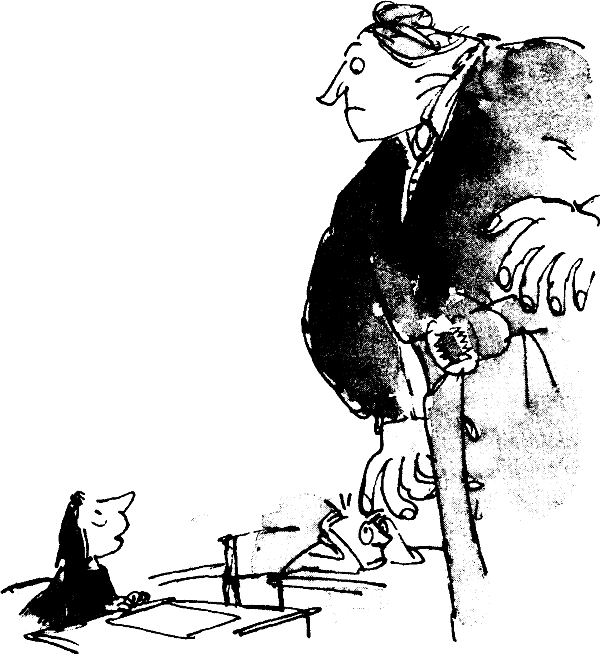

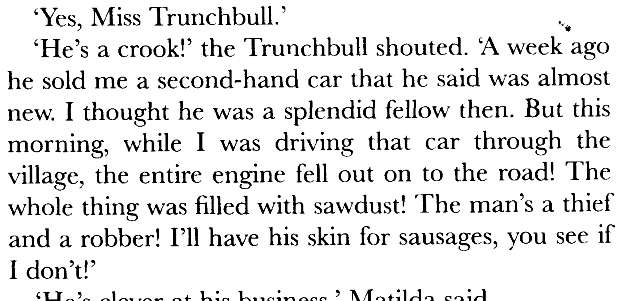
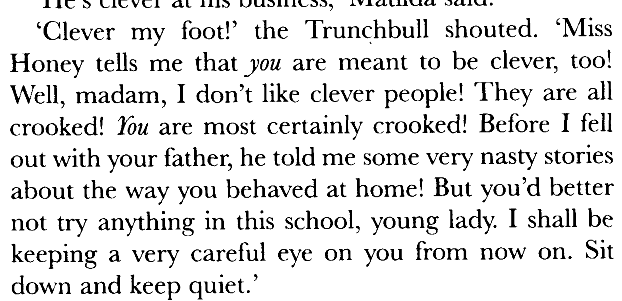

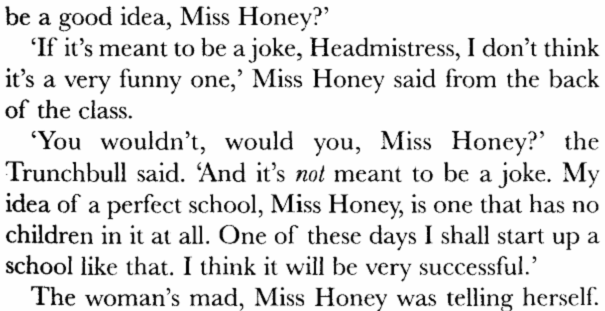

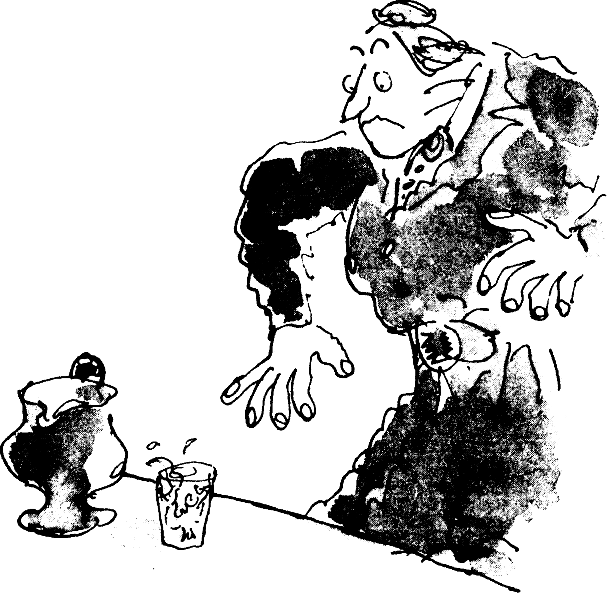



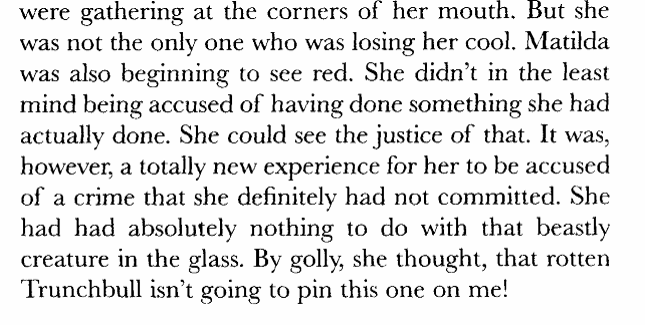

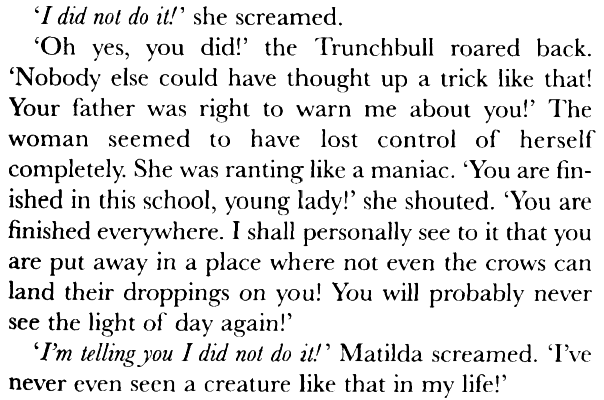

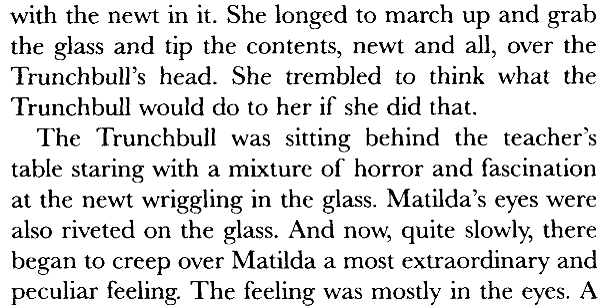




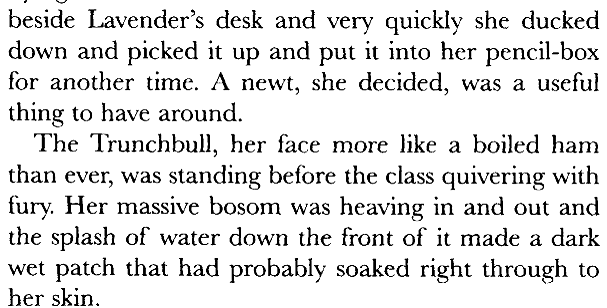
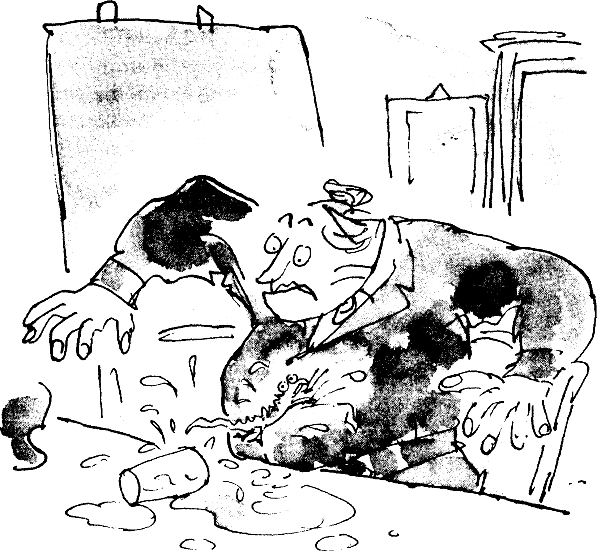



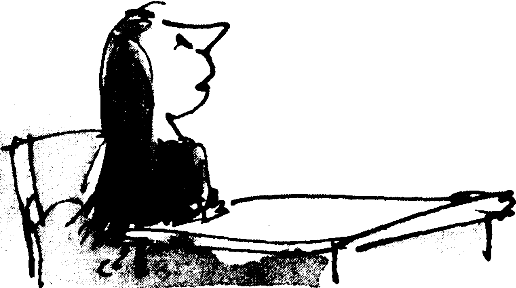

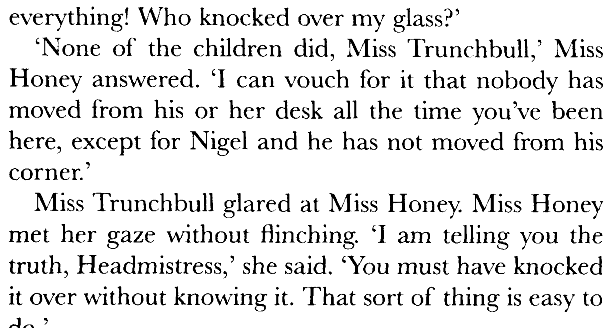




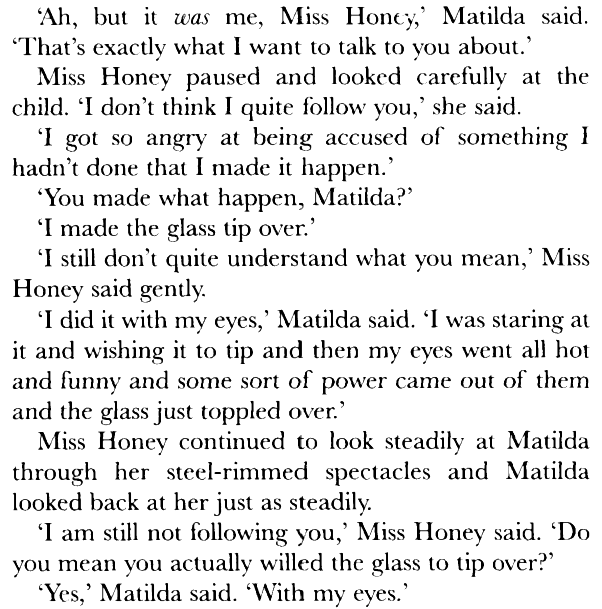
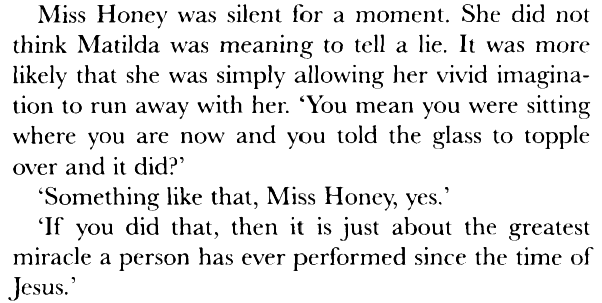
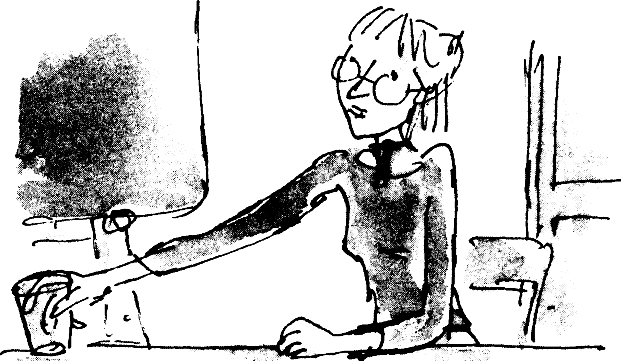




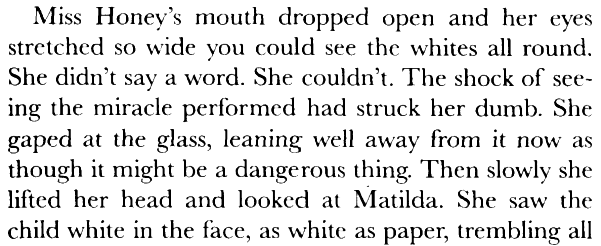


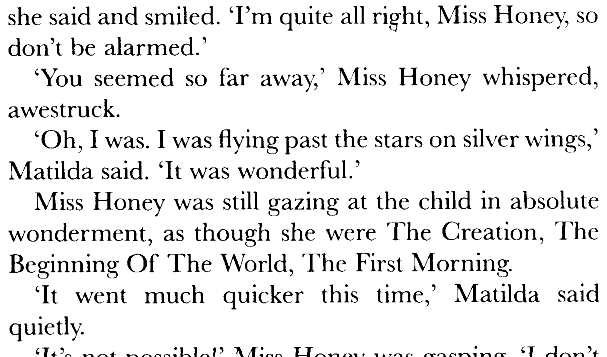




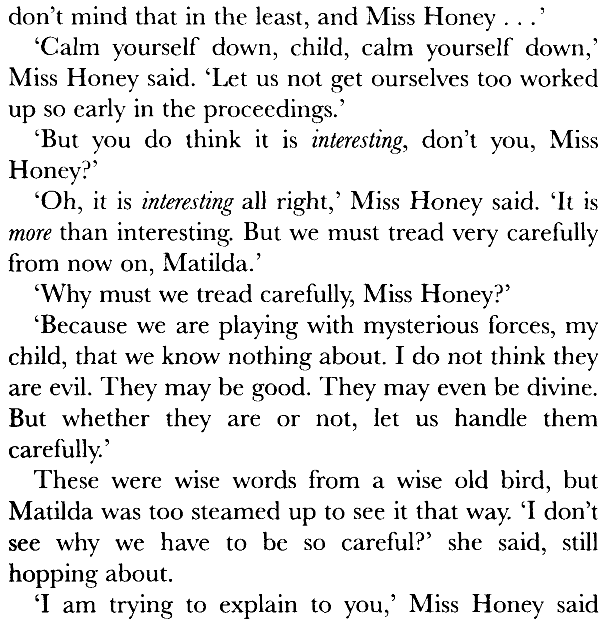

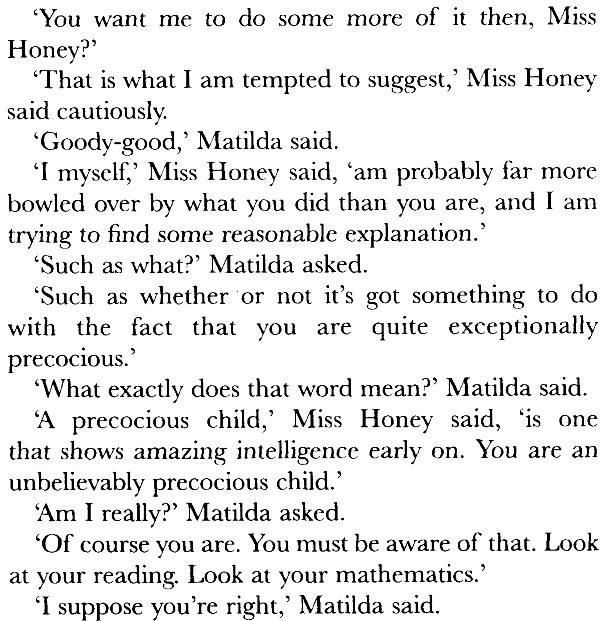

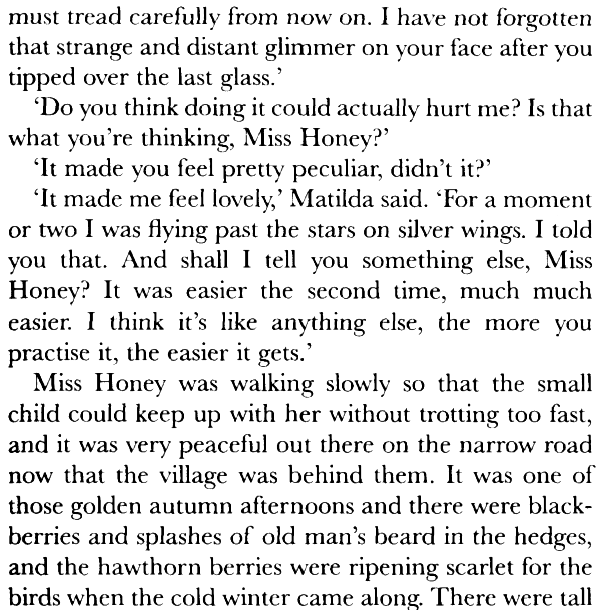
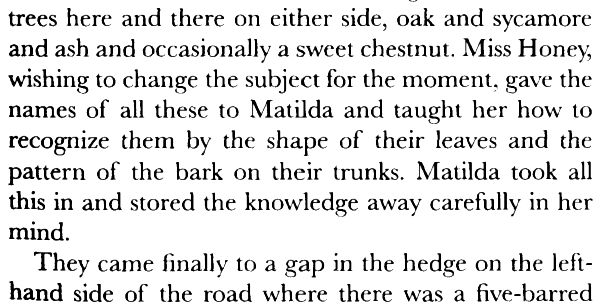




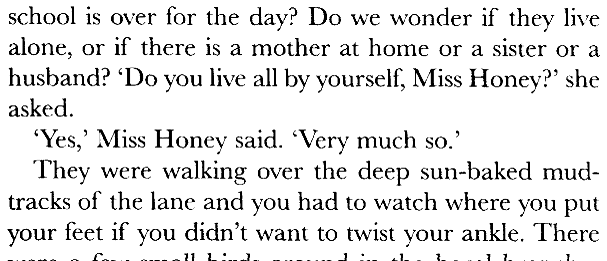
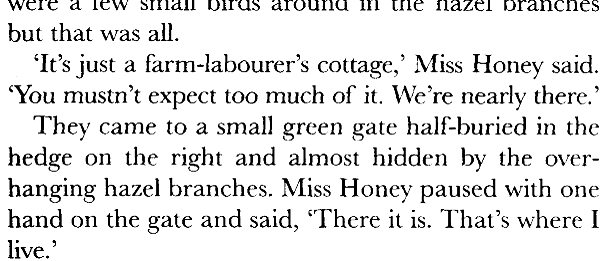

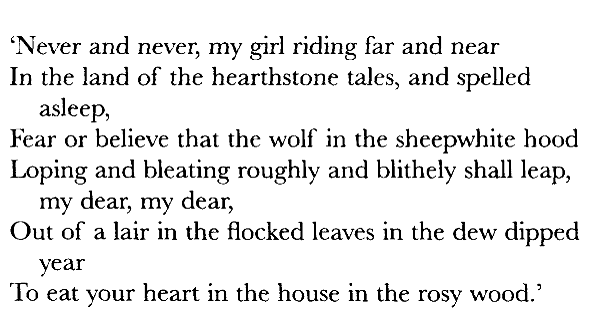
|
|
|
© helpiks.su При использовании или копировании материалов прямая ссылка на сайт обязательна.
|